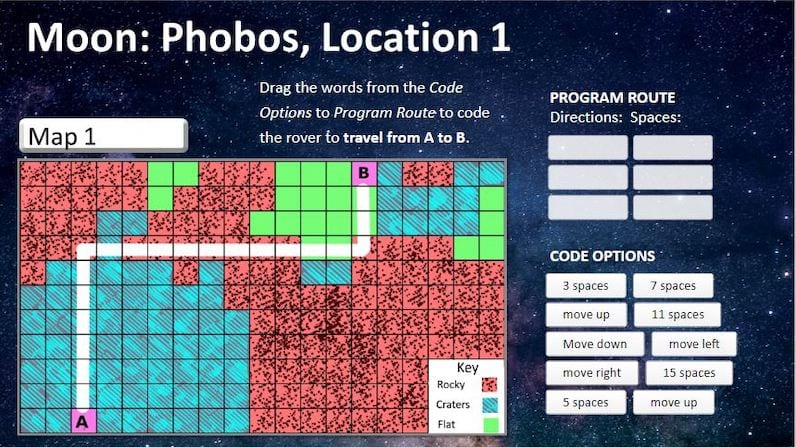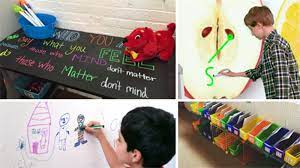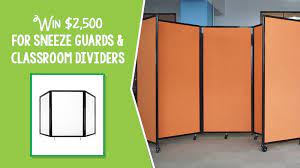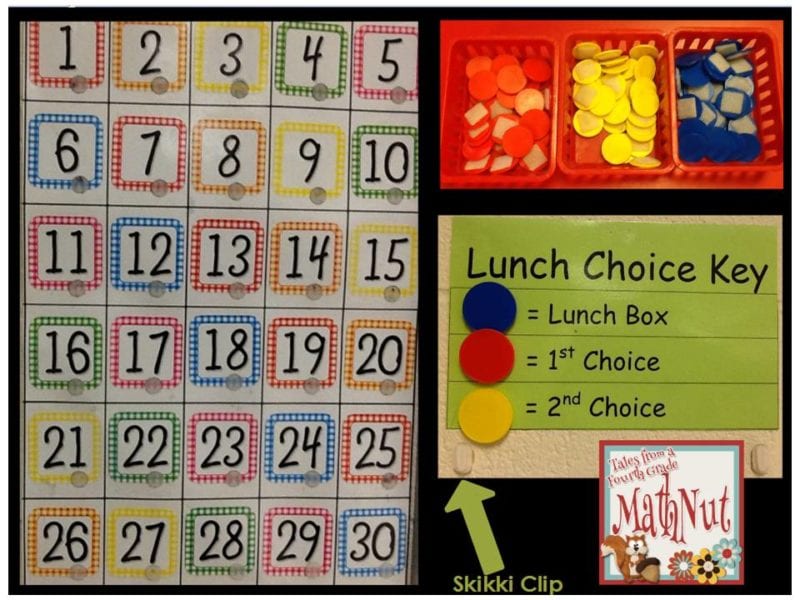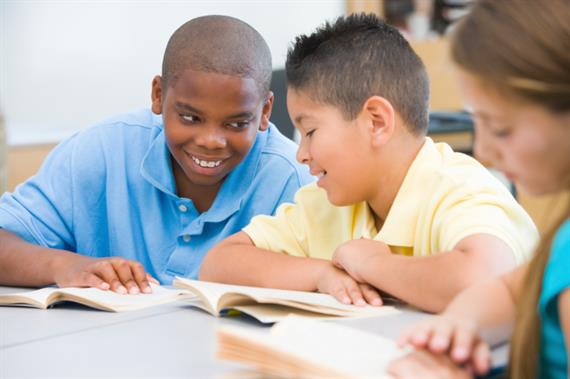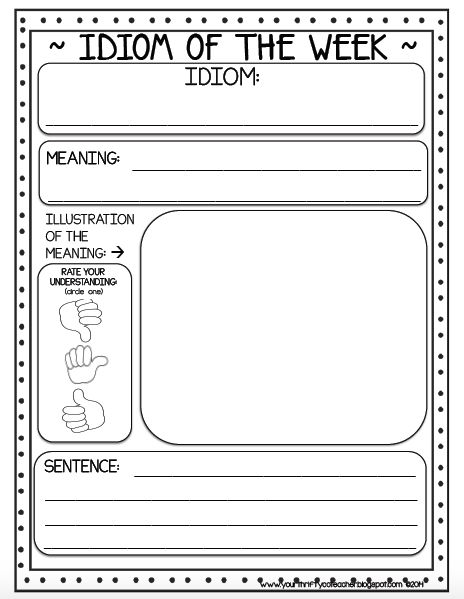Have you ever wanted to take your class on an unforgettable journey through the cosmos? Well, now is your chance! Introducing an exciting opportunity for schools all across the nation to win a virtual mission to Mars or the Moon for their entire class. Strap in and prepare for blastoff as we embark upon this thrilling exploration of our neighboring celestial bodies.
How Can You Enter?
To enter this extraordinary contest, simply gather your students and create a compelling submission that exhibits their passion and enthusiasm for space exploration. Showcase their curiosity and creativity by incorporating science, technology, engineering, and mathematics (STEM) elements. Examples of submission formats can range from essays and artwork to videos and PowerPoint presentations demonstrating why your class deserves a virtual mission to either Mars or the Moon.
A Dynamic Learning Experience
Imagine the priceless reactions of students as they witness firsthand the rugged terrain of Mars or marvel at the breathtaking lunar landscape. This virtual adventure will provide an unparalleled educational experience by allowing students to engage with interactive simulations tailored to their grade level.
Throughout the journey, participants will be exposed to critical STEM concepts while collaborating on real-life challenges faced by astronauts and scientists during interplanetary missions. By giving students a taste of life in outer space, they’ll develop new skills, increase their knowledge of astronomy, and gain a deepened appreciation for our magnificent universe.
A Race Against Time
Time is ticking on this once-in-a-lifetime chance for an awe-inspiring expedition with your class. Be sure not to miss out on the opportunity as deadlines approach! The top applicants displaying outstanding ingenuity, teamwork, creativity, and passion will be chosen as winners by an expert panel of judges in fields related to astronomy and space-exploration.
Winners will be announced after thorough evaluation has been completed which may take several weeks. The selected classes will embark on their exhilarating virtual missions under the guidance of knowledgeable experts in the field, soaring above and beyond as they unravel the mysteries of the cosmos together.
So rally your students, ignite their curiosity, and be ready to blast off as a winner of the Virtual Mission to Mars or the Moon for Your Whole Class! Don’t let this unique opportunity slip through your fingers – submit your entry today and prepare for an out-of-this-world adventure.
